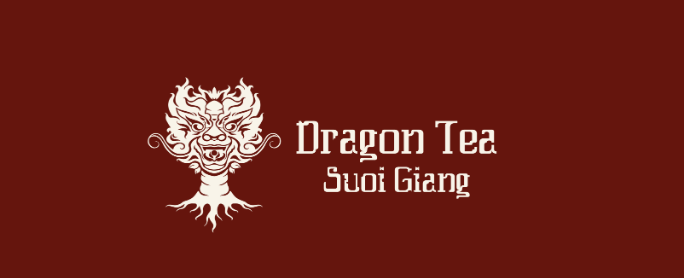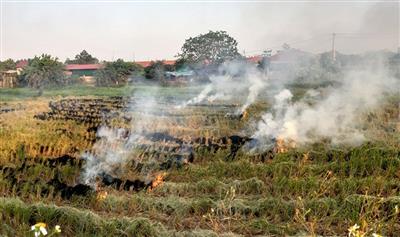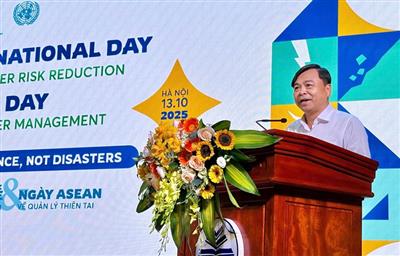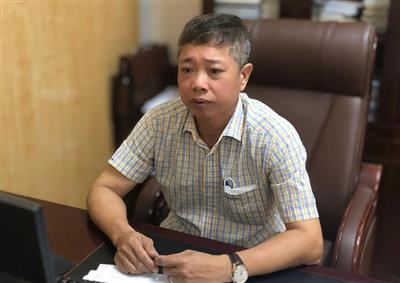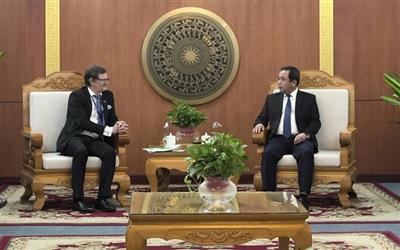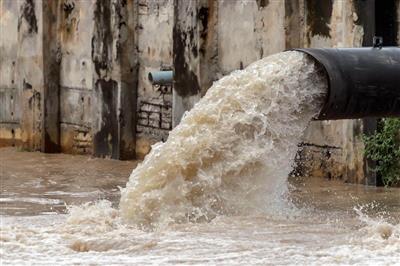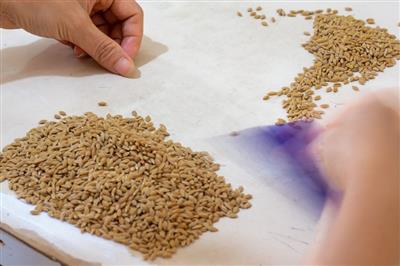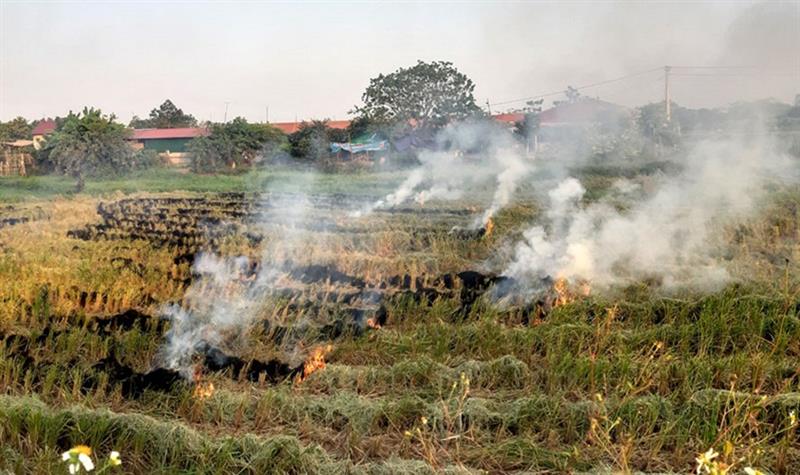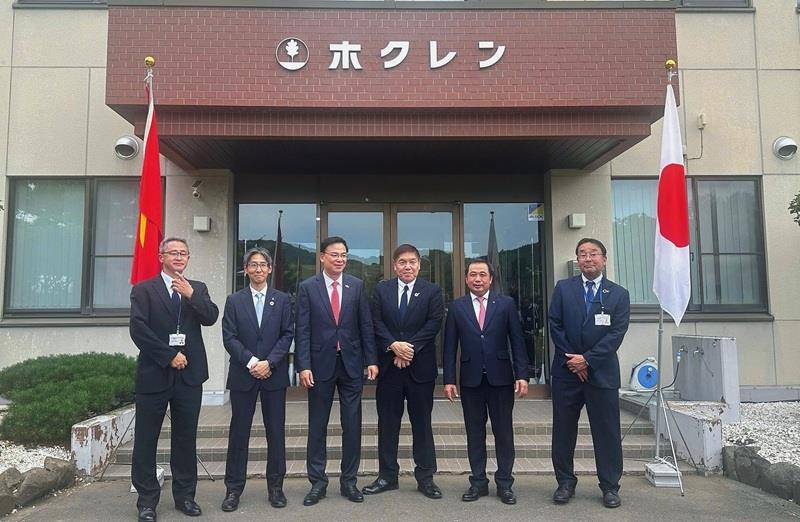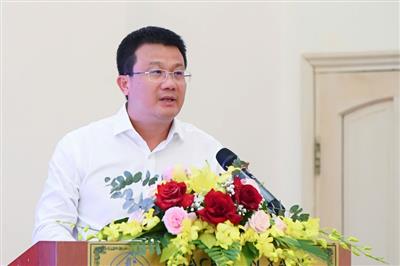
Linking nature conservation between Vietnam and China: From policy to action
23/05/2025TN&MTIn the context of global challenges posed by climate change and biodiversity loss, Vietnam and China are gradually translating their cooperation commitments in nature conservation into concrete actions, especially in border areas. The recent meeting between Deputy Minister of Agriculture and Environment of Vietnam, Mr. Nguyen Quoc Tri, and Vice Governor of Qinghai Province (China), Mr. Liu Dao, on May 23rd, demonstrated the two countries’ strong commitment to fostering practical, sustainable, and long-term cooperation initiatives to protect ecosystems and support community livelihoods.

Deputy Minister Nguyen Quoc Tri reaffirmed Vietnam’s commitment to transboundary cooperation in nature conservation
Policy alignment, experience sharing, and enhanced conservation cooperation
During the meeting, Mr. Liu Tao emphasized that China attaches great importance to cooperation with Vietnam, as reflected in high-level visits and the direct guidance of General Secretary and President of China Xi Jinping. According to Mr. Liu, the delegation from Qinghai province visited Vietnam with three main objectives: to share policies and experiences in wildlife conservation; to learn about the planning, development, and management of national parks in Vietnam; and to expand long-term opportunities for transboundary research and conservation collaboration.
Notably, Qinghai province is the source of three major rivers: the Yellow River, the Yangtze River, and the Lancang River (known as the Mekong River upon entering Southeast Asia). As an upstream region, Qinghai plays a critical role in preserving the ecological integrity of river basins. To this end, the province has implemented strong measures such as banning mineral exploitation, closing outdated hydropower dams, and strictly regulating upstream industrial development.
Mr. Liu Tao noted that Qinghai is actively applying advanced technologies, including artificial intelligence (AI) and integrated monitoring systems, to oversee ecosystem health. At the same time, the province promotes environmental education and supports livelihood transition for communities living near conservation areas. Local residents who once relied on resource extraction are now being encouraged to participate in environmental protection and restoration activities.
This approach not only delivers conservation results but also contributes to China’s broader green transition and global climate change mitigation efforts. On this foundation, Qinghai seeks to establish long-term cooperative relationships with Vietnamese localities and relevant agencies in biodiversity conservation.
Vietnam advances conservation policy and seeks effective partnerships
In response to China's proposals, Deputy Minister Nguyen Quoc Tri affirmed that Vietnam places high priority on transboundary cooperation in nature conservation, especially in border regions and areas beyond national jurisdiction. He noted that bilateral cooperation between Vietnam and China in agriculture and the environment has made significant progress, particularly in the conservation of wildlife and biodiversity.
Vietnam has established a comprehensive legal framework for biodiversity conservation, anchored by the Law on Biodiversity, Decree No. 160/2013/ND-CP, and other sectoral laws such as the Law on Forestry and the Law on Fisheries. In addition to legal instruments, the country has implemented numerous strategies and action plans, including the National Biodiversity Strategy and specialized programs for endangered species such as tigers, elephants, turtles, and primates.

Deputy Minister Nguyen Quoc Tri taking photo with the China's Qinghai delegation
Significantly, on November 8, 2024, the National Biodiversity Conservation Master Plan for the 2021–2030 period, with a vision to 2050, was approved by the Prime Minister. This plan aims to expand the national system of protected areas to 6.6 million hectares, establish 61 new conservation sites, and develop a nationwide system of biodiversity corridors. These efforts lay a critical foundation for Vietnam to strengthen international cooperation—particularly with China—in protecting transboundary ecosystems.
In parallel with conservation initiatives, Vietnam is also promoting eco-tourism models, community-managed forests, and bird sanctuaries to engage local populations and strike a balance between environmental protection and economic development. Within the framework of the meeting, Deputy Minister Nguyen Quoc Tri proposed specific avenues for cooperation with Qinghai, such as the development of transboundary biodiversity corridors, sharing of sustainable livelihood models, and the organization of joint communications campaigns, workshops, youth exchanges, and scientific research programs.
Concluding the meeting, both sides agreed to maintain dialogue, expand cooperation, and work together to realize joint initiatives for conserving biodiversity and natural ecosystems—thereby contributing not only to national goals but also to regional and global sustainable development.
Minh Thao

